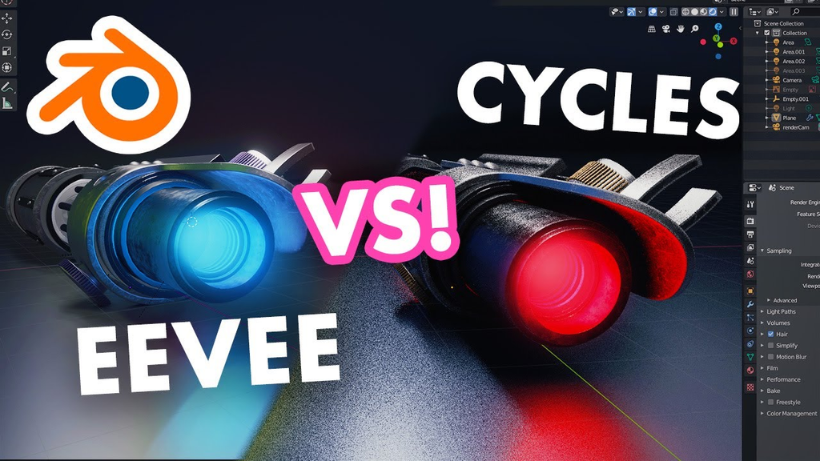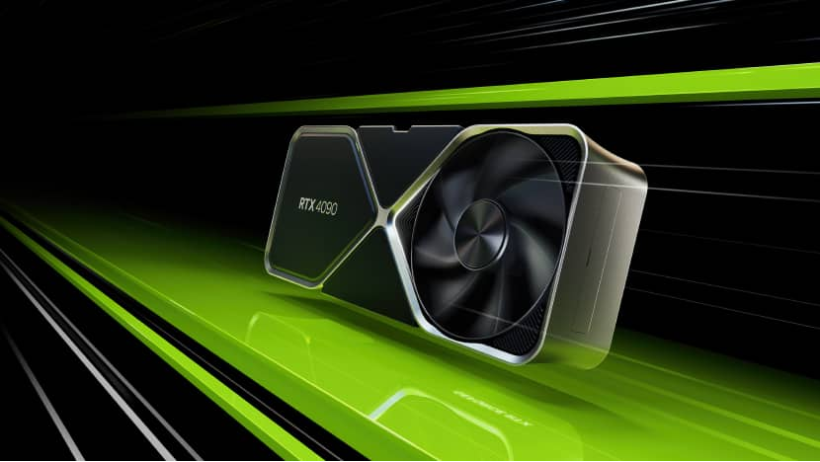Blender is a powerful tool for 3D modeling, animation, and rendering. However, rendering can be time-consuming, especially with complex scenes. Luckily, there are several ways to optimize your settings and significantly speed up the rendering process. In this post, we’ll cover the best Blender rendering settings to help you get your work done faster without sacrificing too much on quality.
Why Rendering Speed Matters in Blender
Rendering is often the most time-intensive part of any Blender project. Whether you’re working on a still image or an animation, render times can be frustratingly long. Optimizing your settings allows you to improve both the speed and efficiency of your renders, freeing you to focus more on the creative aspects of your work.
However, speed shouldn’t come at the cost of quality. By fine-tuning the settings, you can strike the right balance and produce high-quality results without waiting hours for each render.
Best Settings to Render Faster in Blender
Here are the top settings that can help you speed up the rendering process in Blender.
1. Choose the Right Render Engine
Blender offers two main render engines: Cycles and Eevee.
- Eevee is the faster option, ideal for real-time rendering. It provides impressive results but with some trade-offs in terms of realism.
- Cycles is Blender’s ray-tracing engine and produces highly realistic results. However, it is slower, especially for complex scenes.
If you need faster renders and are willing to sacrifice a bit of realism, switch to Eevee. On the other hand, if realism is your priority, you’ll need to optimize Cycles for faster performance.

2. Optimize Sampling Settings
In both Eevee and Cycles, sampling determines the quality of the render. The higher the sample count, the more accurate the result, but the longer the render time.
- For Eevee, try reducing the sample count in the render settings. You can also enable denoising, which helps reduce noise at lower sample counts.
- For Cycles, you can lower the samples in the render settings. A good starting point is 128 or 256 samples. If you’re working on a test render, you can even go lower to get faster previews.
In addition, adjust the Clamp Direct and Clamp Indirect options to reduce the noise. Lowering these values can help speed up the render, but be cautious not to overdo it as it may introduce unwanted artifacts.
3. Use GPU for Rendering
Using a GPU (Graphics Processing Unit) can significantly speed up the rendering process compared to CPU rendering. Blender’s Cycles engine supports both CPU and GPU rendering.
To enable GPU rendering, go to Edit > Preferences > System and select your GPU under the CUDA or Optix section. Using a dedicated GPU will drastically cut down render times, especially when working with high-resolution scenes.
If your computer doesn’t have a powerful GPU, consider upgrading to a more capable one, or explore cloud rendering services like 3S Cloud Render Farm, which offers access to powerful GPUs to speed up rendering even more.

4. Simplify Your Scene
Complex scenes with a lot of geometry, textures, and lighting can dramatically slow down rendering times. To speed up the process:
- Reduce polygon count: Use simpler meshes where possible. Blender’s Decimate Modifier can help reduce unnecessary geometry without sacrificing too much detail.
- Use instances: Instead of duplicating objects, use instances to save memory and rendering time. This is especially useful for scenes with repeating objects, like trees or buildings.
- Optimize textures: Large, high-resolution textures can slow down rendering. Consider reducing texture sizes or using baked textures instead of dynamically rendered ones.
5. Enable Denoising
Denoising helps reduce noise in your renders, which can be particularly useful at lower sample rates. Blender has built-in denoising options for both Eevee and Cycles.
- In Cycles, enable Denoising under the Sampling section. You can also use OptiX Denoising for even better results with supported GPUs.
- In Eevee, go to the Render Properties panel and check the Denoising option under the Post Processing section.
Denoising helps achieve cleaner images without increasing the sample count, thus speeding up render times.
6. Adjust Light Bounces
The number of light bounces determines how many times light interacts with surfaces in the scene. Reducing the light bounces can improve render times.
- In Cycles, go to the Light Paths section and reduce the Max Bounces value. Lowering this to 4 or 6 can have a noticeable impact on render time, especially for complex scenes.
- In Eevee, adjust the Indirect Lighting settings to reduce the effect of light bounces. This can be particularly helpful in interior scenes.
7. Use Simplified Shadows
Shadows are essential for realism but can also slow down renders. You can speed up the process by simplifying the shadow settings:
- For Eevee, go to the Shadows section and reduce the Cube Size and Cascade Size values.
- For Cycles, use Simplified Shadows and Contact Shadows options in the Light Paths settings to reduce the computational cost of calculating shadows.
Simplifying shadows can give you faster results with minimal visual loss.
8. Enable Adaptive Sampling (Cycles)
In Cycles, enabling Adaptive Sampling can help improve render times by adjusting the number of samples based on the noise level in different parts of the image. The more complex areas of the image will receive more samples, while simpler areas get fewer, speeding up the overall process.
To enable Adaptive Sampling in Cycles, go to the Sampling section and check Adaptive Sampling under the render settings.
Using 3S Cloud Render Farm for Faster Renders
While the settings mentioned above will help you optimize Blender’s performance on your own machine, there’s another option if you want faster results: using a render farm. 3S Cloud Render Farm offers powerful cloud rendering services that allow you to offload your rendering tasks to high-performance GPUs, significantly reducing render times.
With 3S Cloud Render Farm, you can access a fleet of high-end machines dedicated to rendering. Whether you’re working on a complex scene or need to render a large animation, 3S Cloud can speed up the process, leaving you more time to focus on your creative work.
Conclusion
Optimizing Blender’s rendering settings is essential for improving your workflow and saving time. By tweaking settings like sampling, using the right render engine, and leveraging GPU rendering, you can significantly speed up the process. For even faster results, consider using a cloud rendering service like 3S Cloud Render Farm to offload the heavy lifting and access high-performance GPUs.
With the right settings and tools, you can render faster without sacrificing the quality of your work. Try out these tips and see the difference in your render times today!